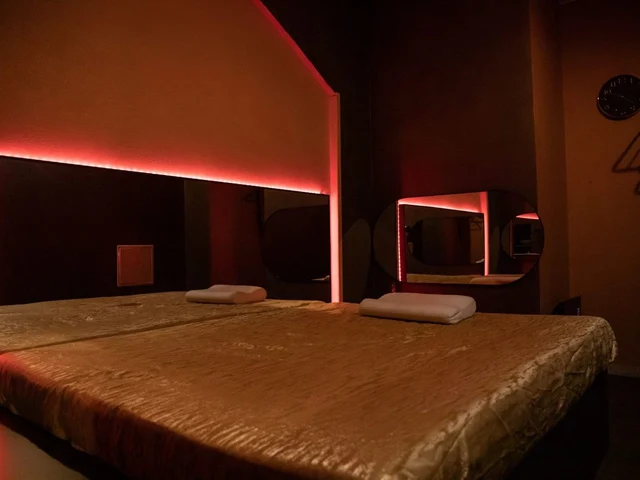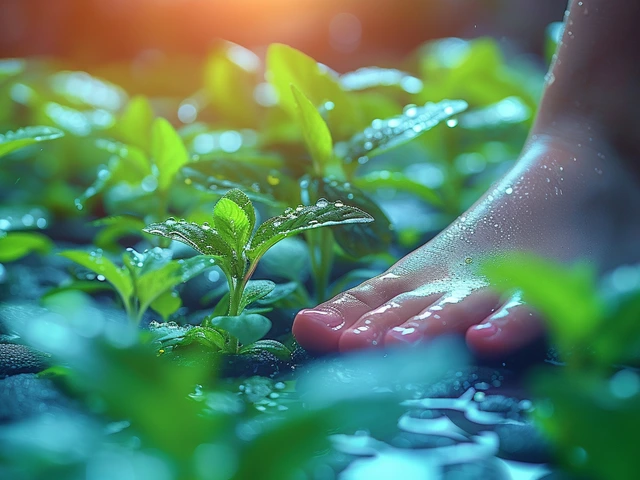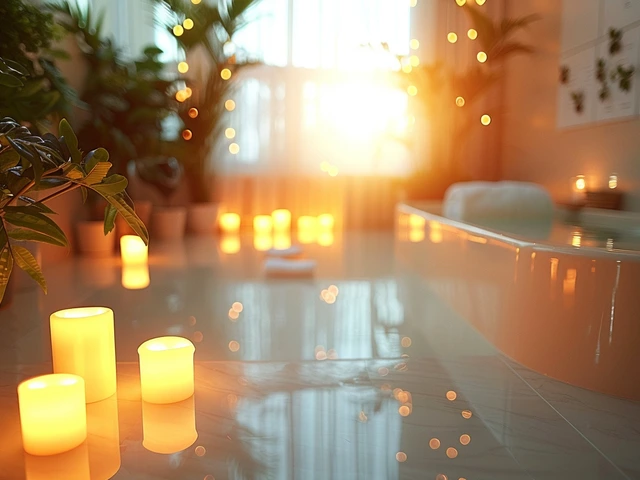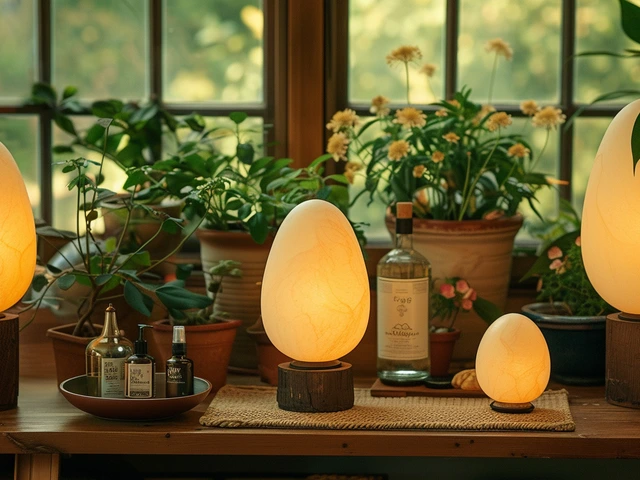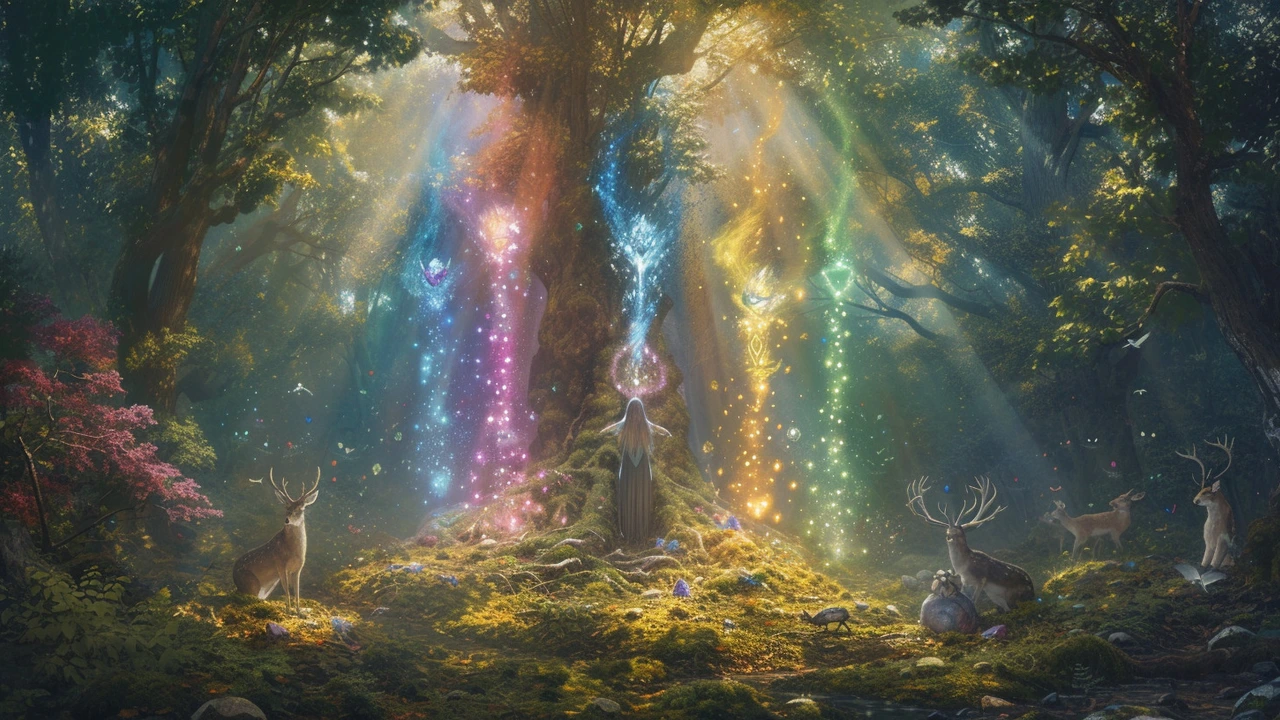
Understanding Reiki: The Universe's Healing Touch
Imagine a healing touch that channels the universal life force into your very essence, balancing your energies and rejuvenating your spirit. That's what Reiki represents—a form of energy healing that originated in Japan in the early 20th century by Mikao Usui. Often described as palm healing or hands-on healing, it operates on the principle that a practitioner can channel energy into the patient by means of touch, to activate the natural healing processes of the patient's body and restore physical and emotional well-being.
As someone who's seen firsthand the transformative power of Reiki, I can tell you it's more than just a simple laying on hands. It's a profoundly serene experience that stays with you long after the session ends. Since I started incorporating Reiki into my own life, the changes I've felt and seen have been nothing short of remarkable. It's like my internal compass has been recalibrated, leading to a more centered and peaceful existence.
I often talk with Madeleine about the serendipity of life's rhythms and how Reiki seems to attune us to a more harmonious life tempo. We can't see it, but we certainly can feel it. And it's not just about personal anecdotes; there's growing interest from the scientific community in the potential benefits of Reiki and other forms of complementary and alternative medicine. Though evidence-based research is still evolving, many individuals report feeling more relaxed, less anxious, and energetically balanced after Reiki sessions.
Chakras: The Energy Ecosystem Inside You
The body is more than a collection of tissues and organs—it's a vibrant ecosystem of energy. In Reiki, this is often discussed in terms of chakras, the Sanskrit word for 'wheel.' These swirling vortices of energy correspond to massive nerve centers and correspond to various physical, emotional, and spiritual functions. From the base of the spine to the crown of the head, there are seven main chakras, each with its own vibrational frequency.
Harrison and Linnea, my children, often wonder why dad lights incense and focuses on seemingly empty spaces in meditation. To them, and to all who are curious, it's about visualizing and nurturing these energy centers. When chakras are 'open,' or balanced, energy flows through them freely, leading to enhanced health, vitality, and sense of peace. Conversely, when they're 'blocked,' it can lead to discomfort, emotional upheaval, or illness.
Reiki aims to release these blockages and promote an unobstructed flow of life force energy. A Reiki practitioner will often begin at the root chakra, gradually moving up to the crown chakra during a therapy session, ensuring each center is attentively harmonized. From personal experience, and echoed by many others, when your chakras are balanced, there's a palpable sense of being in tune with both your inner and the outer worlds.
Reiki Sessions: What to Expect and How to Prepare
Think of a Reiki session as a retreat for your soul, a time to lay down the burdens of the mundane and engage in deep, restorative care. The session typically takes place in a quiet, peaceful setting—think soft music, ambient lighting, and perhaps the subtle aroma of essential oils wafting through the air. You'd stay fully clothed, lying on a massage table or seated comfortably.
As a practitioner approaches, you might feel a gentle warmth or tingling even before their hands touch you. They will then place their hands lightly on or above your body, channeling healing energy to your different chakras. Some might feel waves of relaxation or emotional release, while Madeleine often experiences a kaleidoscope of colors behind closed eyes; each person's experience is uniquely their own.
If you're considering Reiki for the first time, it's helpful to wear comfortable clothing and enter the session with an open mind. Drinking water before and after can enhance the flow of energy as well. It's also important to have a brief conversation with your Reiki practitioner about any specific areas you'd like to focus on. Whether it's stress reduction, emotional healing, or physical discomfort, intentionality can significantly enhance the session's effectiveness.
Incorporating Reiki Into Your Daily Routine
While a session with a professional practitioner is invaluable, there are ways to harness the principles of Reiki for yourself, in the comfort of your own home in Bristol or wherever you may find yourself. Simple practices like meditative self-Reiki, where you place your hands over your chakras and allow your own energy to flow, can be transformative. It could be as brief as the few minutes of tranquility before Harrison and Linnea wake up, or part of a longer meditative practice.
Gradually, Reiki becomes less of an 'appointment' and more a way of life. It can be nurturing plants, radiating peace to those around us, or simply being present in the moment. And isn't that something we could all use a bit more of in our fast-paced lives? Reiki reminds us that beneath the chaos, there is a natural rhythm—a pulsing of life that connects us all. Madeleine and I have found that recognizing and moving with this rhythm helps bring sustained balance and peace to our family. Perhaps it could do the same for you.
Ultimately, Reiki isn't just about the individual—it's a reminder that we're part of a larger tapestry of energy. It encourages us to see beyond the physical and connect with a universal sense of healing and harmony. So, whether you're seeking to ease your way into a harmonious life or striving for a deepened connection with the unseen world around you, Reiki offers a path—a gentle, powerful way of being that resonates with the very frequency of life itself.
